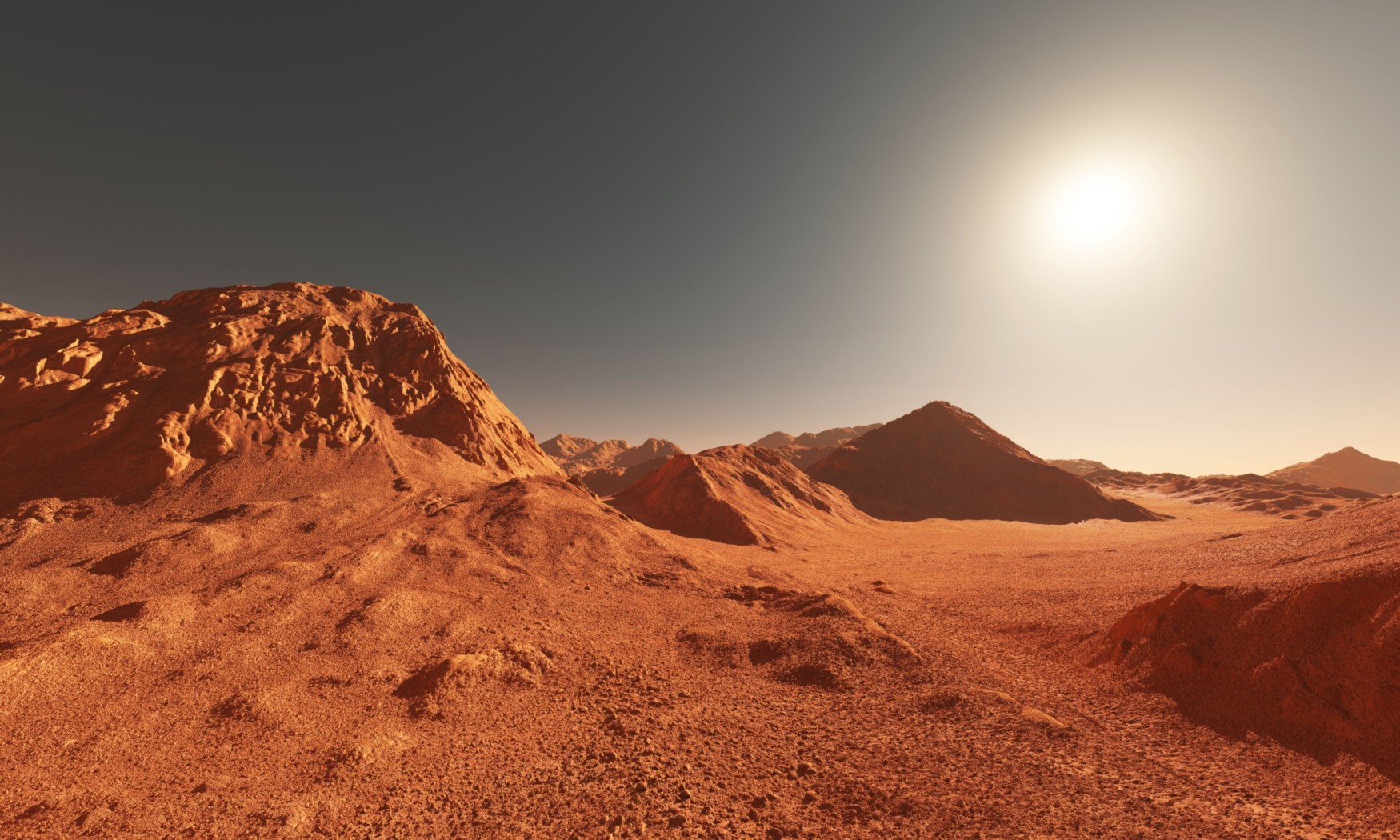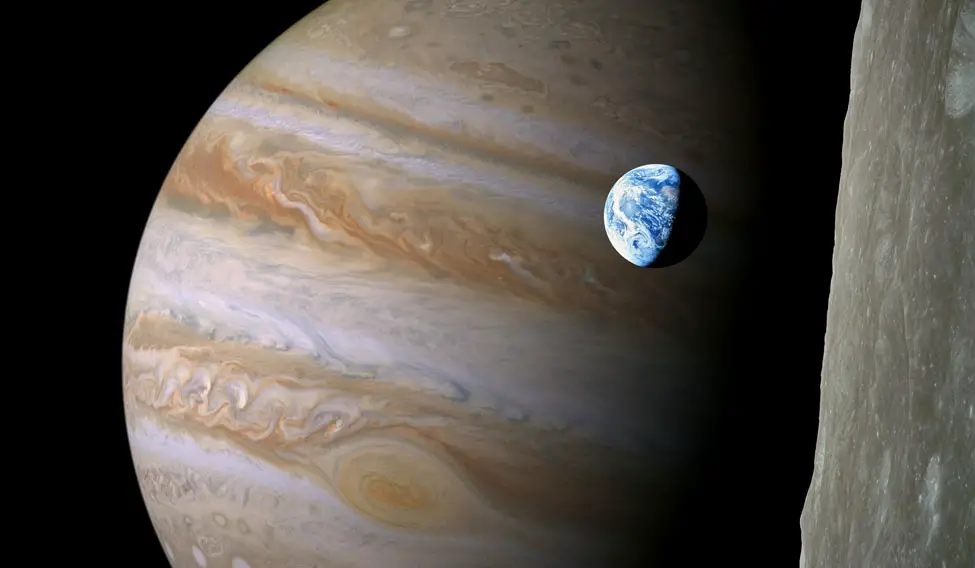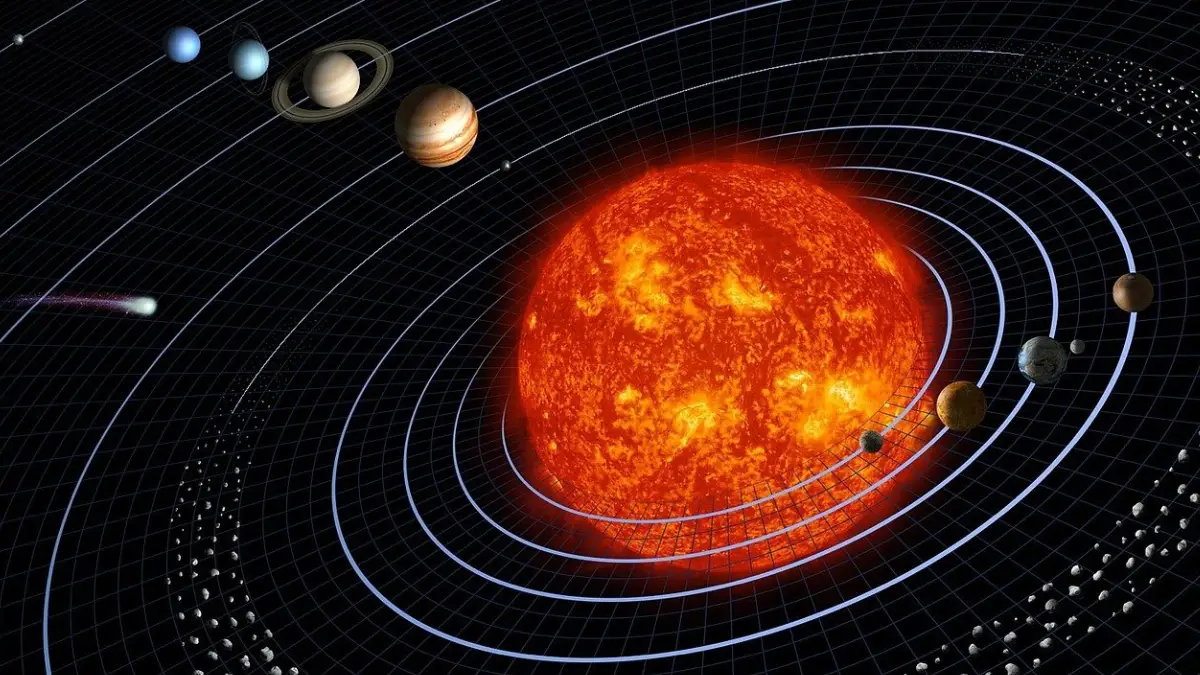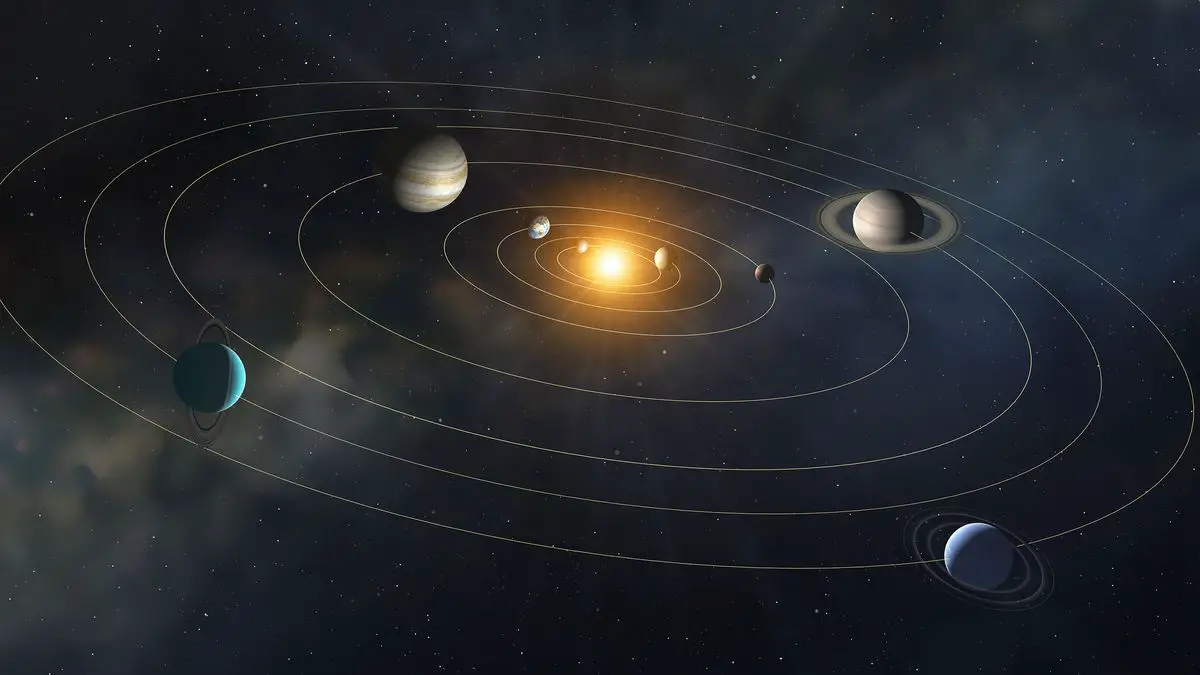Mars’ ancient lakebed holds carbon clues, hinting at unexpected organic processes in its past.
Key Takeaways:
- NASA’s Curiosity rover found organic matter on Mars with unusual carbon isotope ratios, challenging past assumptions.
- The discovery suggests Mars’ surface may contain more organic material than scientists previously believed.
- Laboratory experiments indicate that non-biological atmospheric processes likely created Mars’ organic matter.
- The findings suggest early Mars had a more complex chemical environment than once thought.
- Future missions may uncover even greater amounts of organic material, reshaping our understanding of Mars’ history.
________
Curiosity Rover’s Discovery of Unexpected Carbon Ratios
Mars, often seen as a barren, lifeless world, continues to surprise scientists with evidence of organic matter on its surface. A new study published in Nature Geoscience reveals that NASA’s Curiosity rover detected organic material in Gale Crater—an ancient lakebed—but with an unexpected carbon isotope composition. The research, led by Professor Yuichiro Ueno from the Tokyo Institute of Technology and Professor Matthew Johnson from the University of Copenhagen, suggests that the formation of these organic molecules may have been driven by atmospheric processes rather than biological activity.
The sediments Curiosity analyzed contained an unusually low concentration of carbon-13 (13C) compared to carbon-12 (12C), differing from known sources on Earth. Specifically, the Martian organic matter had a 13C abundance ranging from 0.92% to 0.99%, compared to Earth’s sedimentary organic matter at 1.04% and atmospheric CO₂ at 1.07%. This finding led scientists to investigate possible non-biological explanations.
Simulating Martian Conditions in the Lab
To determine the source of these isotope differences, researchers conducted laboratory experiments simulating Mars’ ancient atmosphere. They discovered that solar ultraviolet (UV) radiation could cause 12CO₂ to break down more efficiently than 13CO₂, resulting in a depletion of 13C in atmospheric carbon monoxide (CO). This CO could then transform into simple organic compounds, such as formaldehyde and carboxylic acids, and eventually settle into Martian sediments.
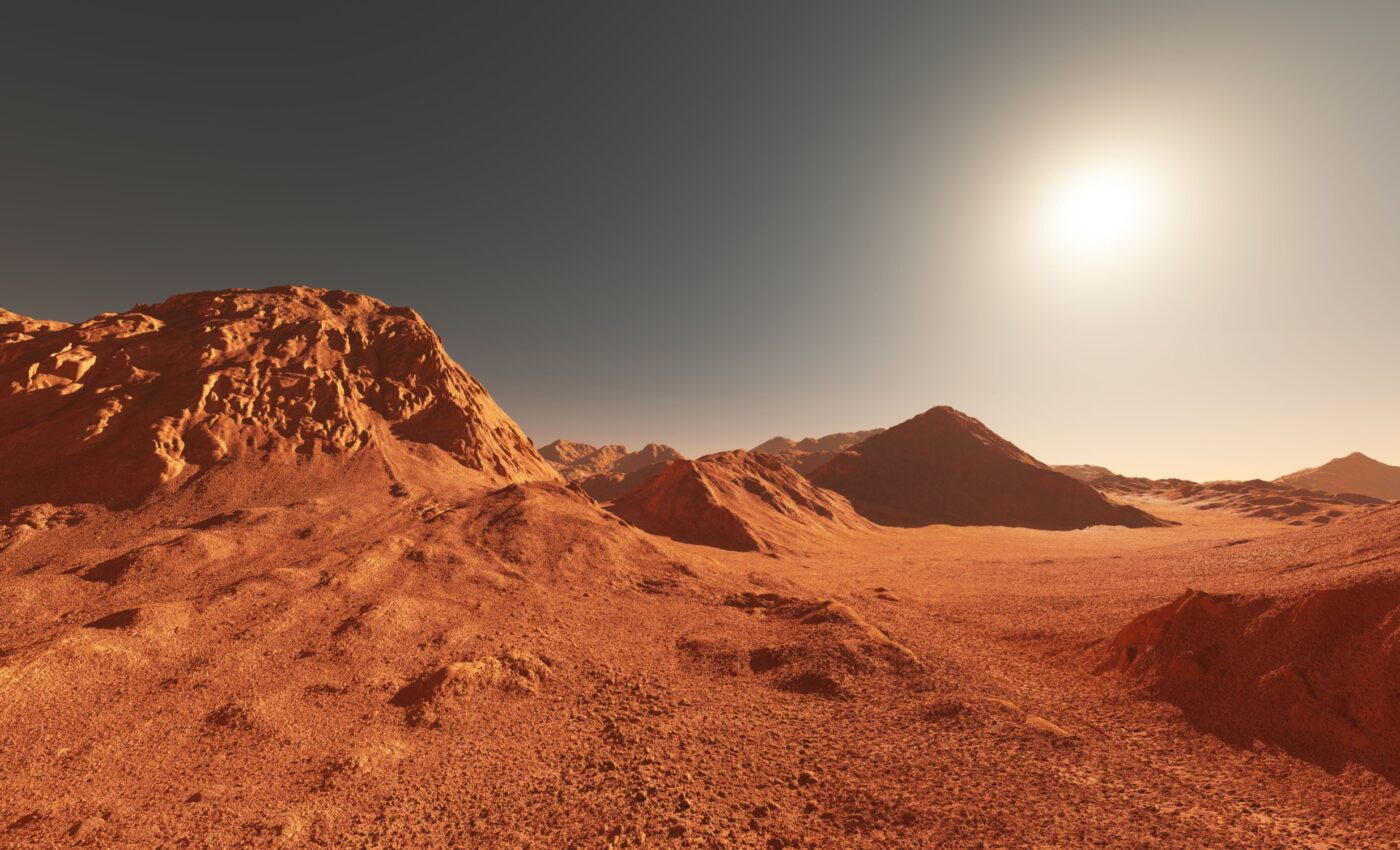
Using model calculations, the team found that in a Martian atmosphere with a CO₂ to CO ratio of 90:10, a 20% conversion of CO₂ to CO would lead to organic material with δ13CVPDB values of -135‰—closely matching the values found in Gale Crater sediments. This supports the theory that Mars’ organic matter formed through atmospheric reactions rather than biological processes.
Implications for Future Mars Exploration
These findings suggest that Mars may contain a greater amount of organic material than previously thought. If confirmed, future missions could uncover significant organic deposits, providing more insights into the planet’s chemical history and its potential for past habitability. While organic molecules alone do not confirm past life, they are an important piece of the puzzle in understanding Mars’ evolution.
As upcoming missions, including those from NASA and the European Space Agency, continue to explore the Red Planet, scientists hope to gather more evidence about Mars’ ancient environment. Whether or not life ever existed there, the presence of organic matter raises new questions about the planet’s atmospheric history and the processes that shaped its surface over billions of years.
